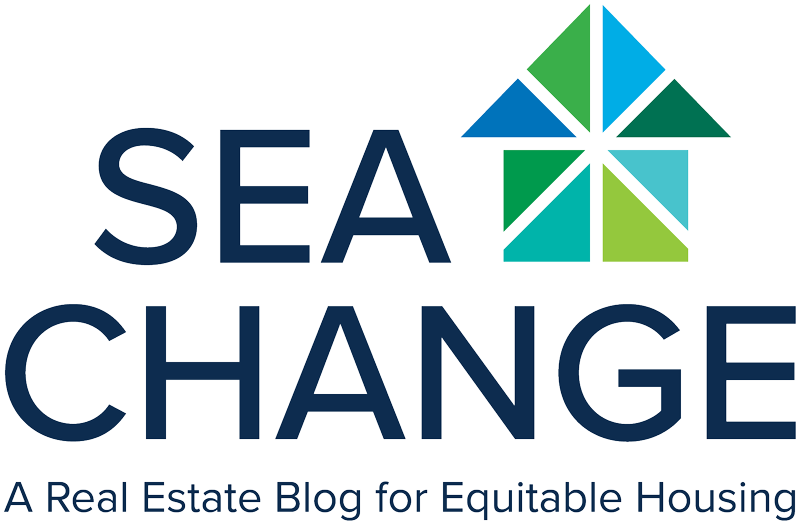“We are concerned that there has been no real communication between civil rights organizations and the real estate community in Seattle. It is because such a situation exists in Seattle that CORE has found it necessary to engage in direct action which has included picketing and sitting in Picture Floor Plan offices and developments to protest the discriminatory practices of that company in an attempt to end these practices in the sale or rental of houses.” -CORE to Mayor Braman, April 18, 1964 Seattle Office of the Mayor Records, Seattle Municipal Archives
John Doe Tweet
Discrimination in housing and related industries like mortgage lending and property appraisal denies the very human right to live in the community of one’s choice. It additionally denies the ability to secure stable housing, to control personal housing costs, and thus all the advantages stemming from that: primarily the ability to gain equity in property, the most common avenue of building wealth in our society. As real estate agents, we have the capacity to influence social and civic policy. We can help expand access and opportunities to those groups who have historically been closed off from these basic pathways that lead to a prosperous and hopeful life.
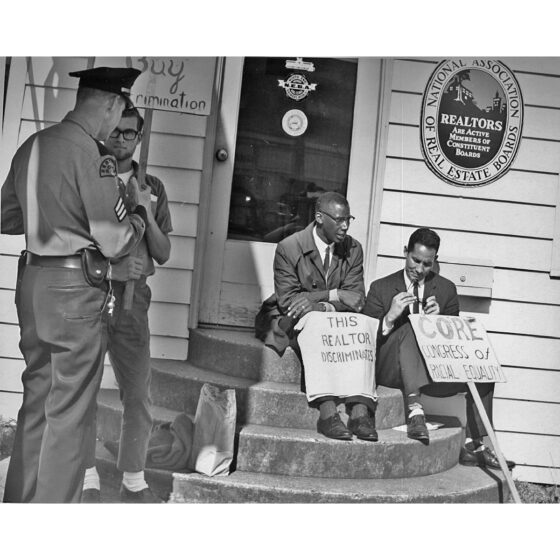
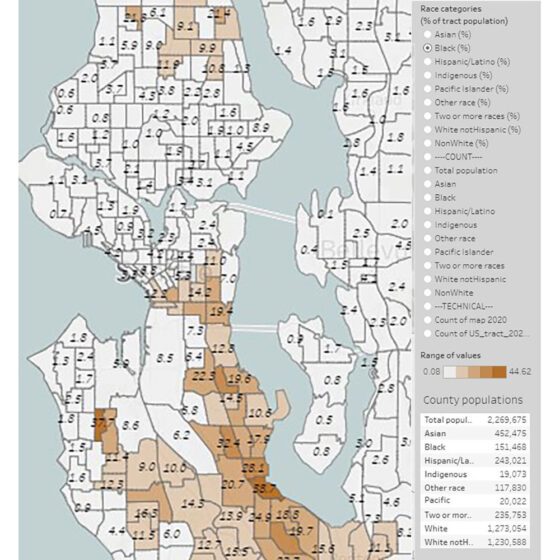
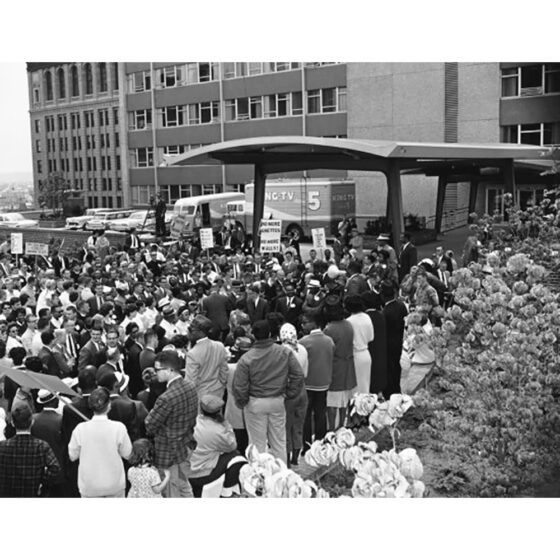
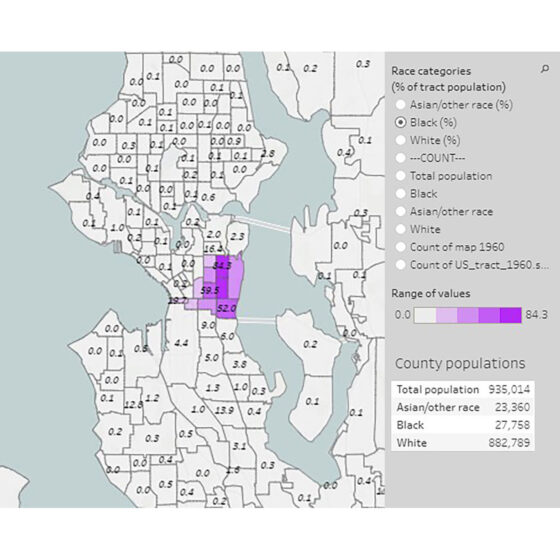
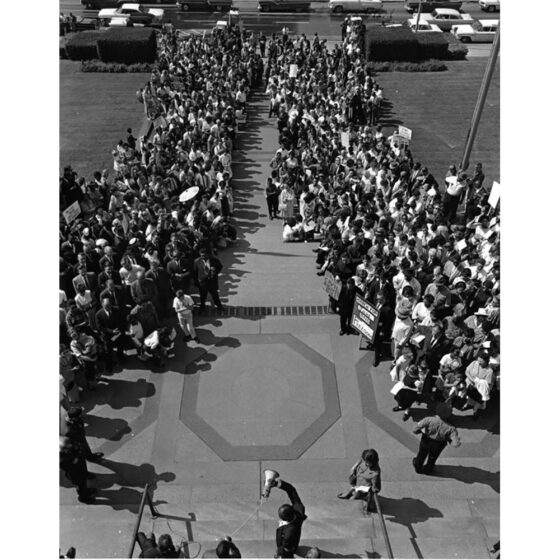
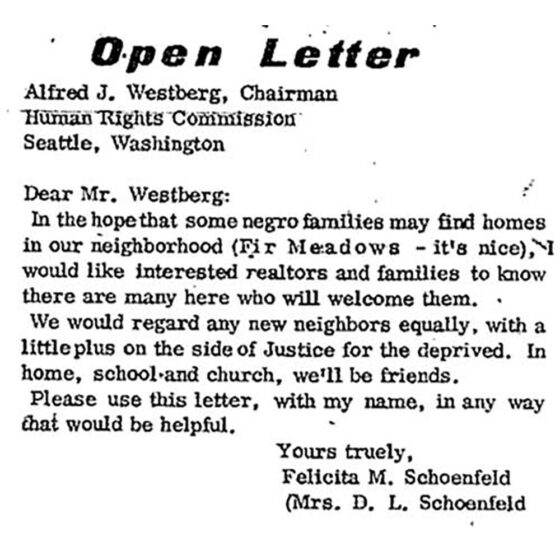
SOURCES:
Seattle Civil Rights and Labor History Project at UW
